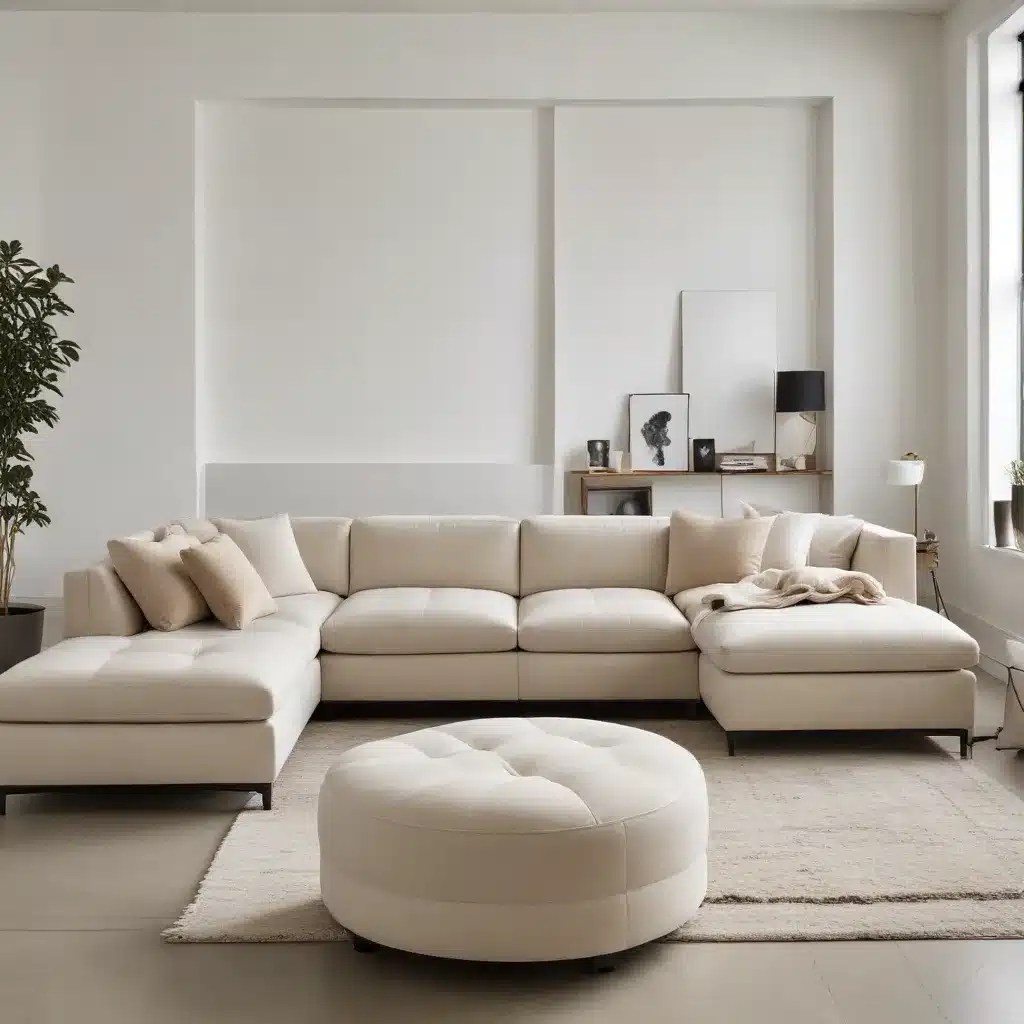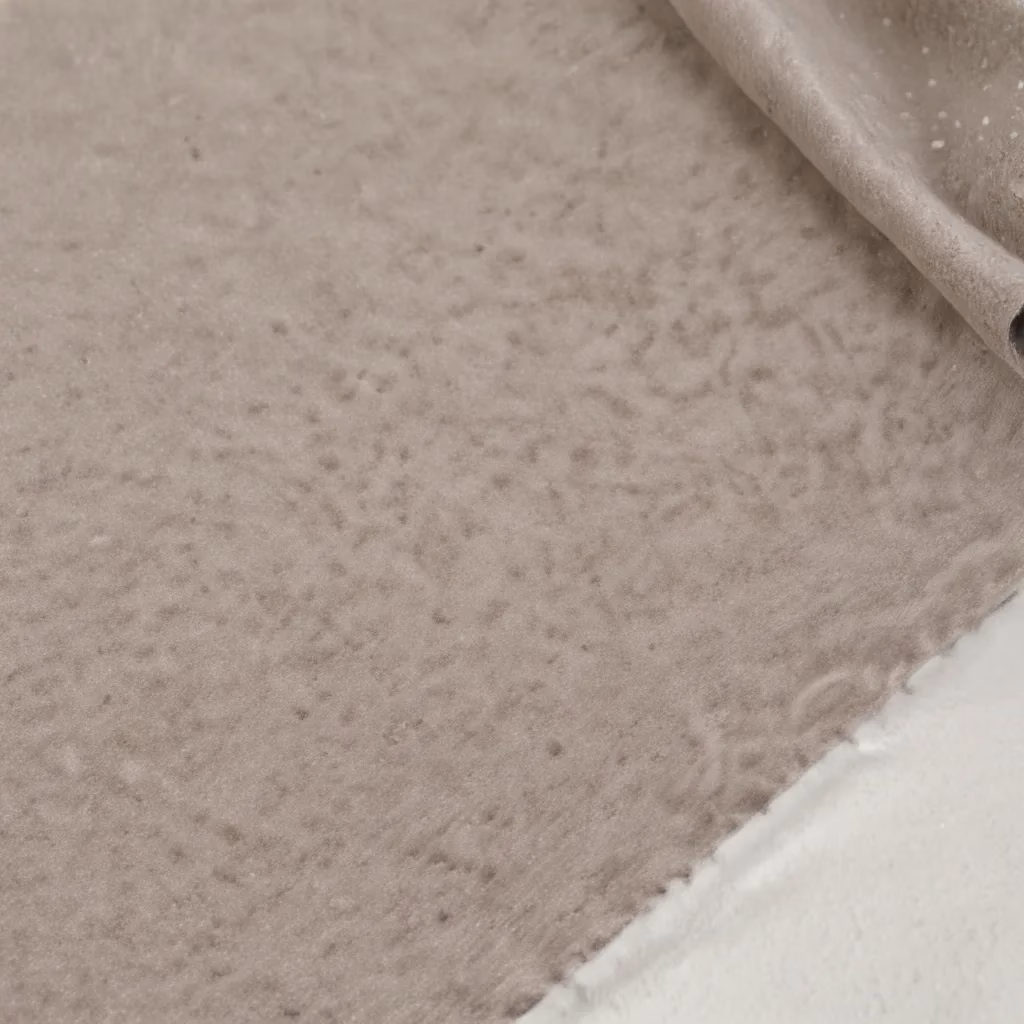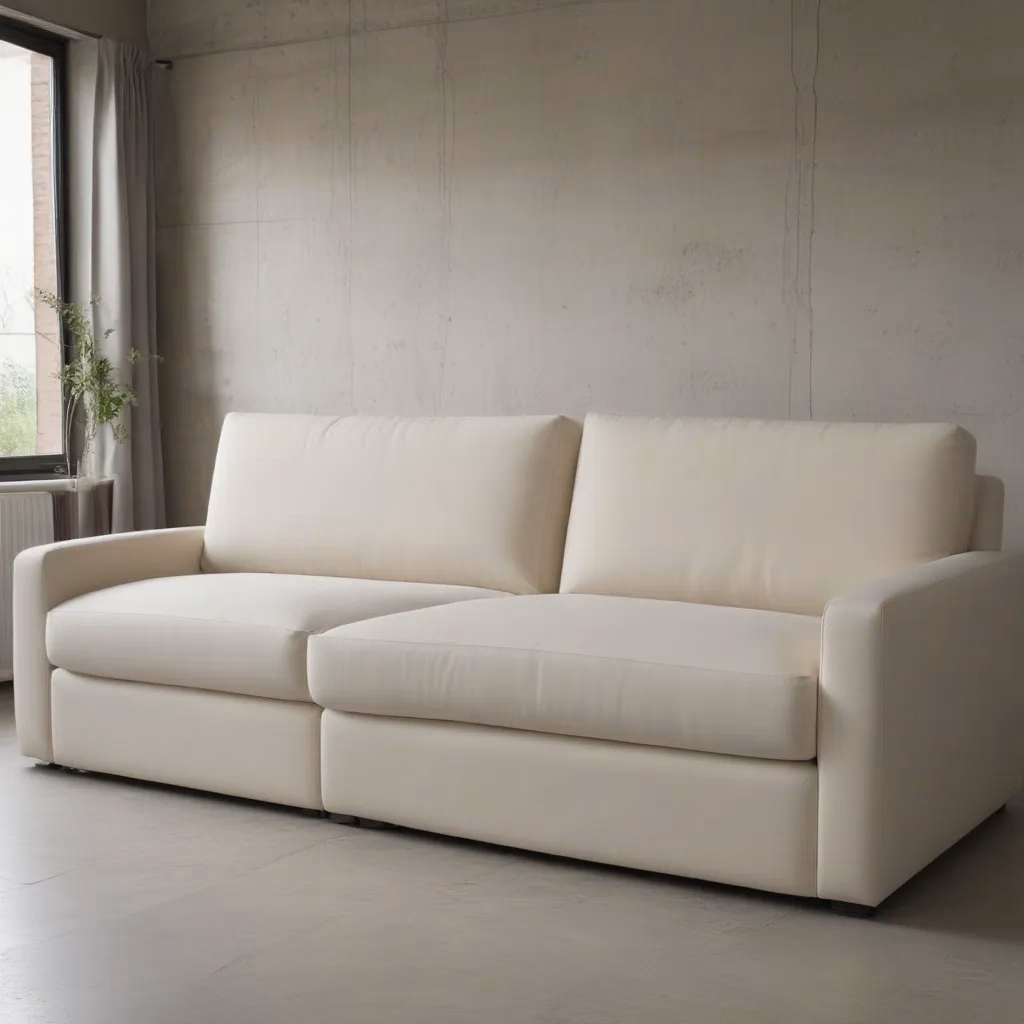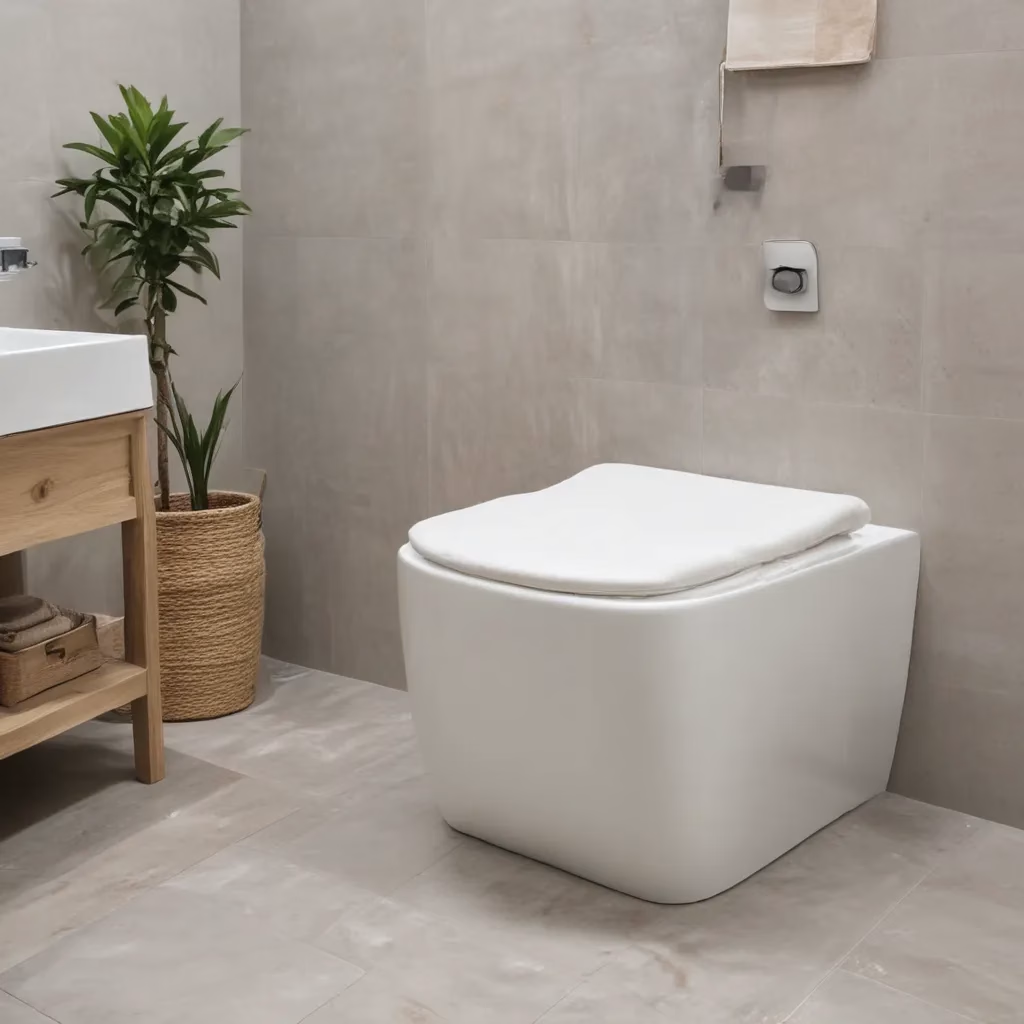
The Rise of Modular Seating in UK Homes
Modular sectional sofas have become increasingly popular in British homes, offering a flexible and adaptable seating solution for modern living spaces. These versatile pieces of furniture allow homeowners to create bespoke seating arrangements that suit their specific needs and room layouts.
The appeal of modular sofas lies in their ability to be reconfigured and adjusted as needed. Whether you’re hosting a large gathering or simply want to change the look of your living room, these sofas can be easily rearranged to accommodate different situations. This adaptability makes them an excellent choice for those who value both functionality and style in their home furnishings.
In recent years, UK consumers have shown a growing interest in furniture that can multitask and adapt to changing lifestyles. Modular sectionals fit this bill perfectly, offering the flexibility to add or remove sections as family needs evolve or living spaces change. This trend reflects a broader shift towards more practical and versatile home design solutions in the British market.
Understanding Modular Sectional Designs
Components of Modular Sofas
Modular sectional sofas are composed of individual pieces that can be combined in various ways. These components typically include:
- Corner units: These form the backbone of L-shaped or U-shaped configurations.
- Armless chairs: These can be placed between other units to extend the seating area.
- Ottoman units: These can serve as footrests or additional seating.
- Chaise lounges: These provide a comfortable spot for reclining.
- End units: These usually have one armrest and finish off the edges of the sofa.
Each of these components can be mixed and matched to create a customized seating arrangement that fits perfectly within your space and meets your specific needs.
Configuration Options
The beauty of modular sectionals lies in their versatility. Some popular configurations include:
- L-shaped: Ideal for corner spaces and open-plan living areas.
- U-shaped: Perfect for large rooms and creating a cosy conversation pit.
- Straight line: Suitable for narrow rooms or as room dividers in open-concept spaces.
- Curved: Offers a softer look and can create a focal point in circular or unusually shaped rooms.
These configurations can be easily achieved by rearranging the individual components, allowing you to refresh your living space without purchasing new furniture.
Adaptability to Different Room Sizes
One of the key advantages of modular sectionals is their ability to adapt to various room sizes. For smaller UK homes, a compact L-shaped configuration might be ideal, while larger spaces can accommodate expansive U-shaped layouts. The flexibility to add or remove sections means that these sofas can grow or shrink with your living space, making them a smart long-term investment.
Choosing the Right Material for Your Modular Sofa
Popular Upholstery Options
When selecting a modular sectional sofa, the choice of upholstery material is crucial. It affects not only the look of the piece but also its durability and maintenance requirements. Here’s a comparison of popular upholstery options available in the UK market:
| Material | Durability | Ease of Cleaning | Comfort | Cost |
|---|---|---|---|---|
| Leather | High | Easy | High | High |
| Linen | Medium | Moderate | Medium | Medium |
| Velvet | Medium | Difficult | High | High |
| Microfibre | High | Easy | High | Medium |
| Wool | High | Moderate | High | High |
Each material has its own set of pros and cons. Leather, for instance, is highly durable and easy to clean, making it a popular choice for families with children or pets. Linen offers a more casual, relaxed look but may require more frequent cleaning. Velvet provides a luxurious feel but can be challenging to maintain.
Considerations for UK Climate
The British climate presents unique challenges when choosing sofa materials. With frequent rain and humidity, it’s important to select fabrics that can withstand these conditions without deteriorating or developing mould.
Microfibre and treated leather are excellent options for resisting moisture and maintaining their appearance in damp conditions. For those living in coastal areas, where salt air can be a concern, marine-grade fabrics might be worth considering for their superior resistance to moisture and corrosion.
Wool blends are another good choice for the UK climate, as they naturally repel water and maintain warmth during colder months. However, they may require more careful cleaning and maintenance to prevent shrinkage or felting.
Balancing Aesthetics and Practicality
While the look of your sofa is important, it’s crucial to balance aesthetics with practical considerations. In the UK, where space is often at a premium, choosing a material that is both attractive and easy to maintain can make a significant difference in the longevity and enjoyment of your modular sectional.
Consider opting for removable, washable covers if you anticipate frequent cleaning needs. This can be particularly useful for homes with young children or pets. Additionally, selecting a neutral base colour for the main body of the sofa and using colourful, interchangeable cushions and throws can allow you to update your look seasonally or as trends change, without the need for a complete overhaul.
Design Tips for Integrating Modular Sofas into UK Interiors
Creating a Cohesive Look
Incorporating a modular sectional sofa into your UK home requires thoughtful consideration of your overall interior design scheme. To create a cohesive look:
-
Colour coordination: Choose a sofa colour that complements your existing colour palette. Neutral tones like grey, beige, or navy can serve as versatile foundations for various design styles.
-
Texture play: Mix and match textures to add depth to your room. For example, pair a smooth leather sectional with plush throw pillows and a soft area rug.
-
Scale and proportion: Ensure your modular sofa is proportionate to the room size. In smaller UK homes, opt for slimmer profiles and lighter colours to create an illusion of space.
-
Accessorising: Use accessories like side tables, lamps, and artwork to tie the sofa into the room’s overall design theme.
Maximising Space in Smaller UK Homes
Many UK homes have limited space, making it essential to use furniture efficiently. Here are some tips for maximising space with modular sectionals:
- Corner configurations: Utilise corner units to make the most of awkward spaces and free up floor area.
- Multi-functional pieces: Choose ottoman units that can serve as both seating and storage.
- Floating layouts: Create a sense of openness by positioning the sofa away from walls, especially in open-plan living areas.
- Vertical emphasis: Draw the eye upward with tall bookshelves or artwork above the sofa to create the illusion of height in rooms with low ceilings.
Lighting Considerations
Proper lighting can enhance the comfort and functionality of your modular seating area. Consider these lighting options:
- Task lighting: Place floor lamps or table lamps near reading nooks within the sectional.
- Ambient lighting: Use ceiling fixtures or wall sconces to provide overall illumination.
- Accent lighting: Highlight artwork or architectural features near the sofa with directional spotlights.
- Smart lighting: Install dimmer switches or smart bulbs to adjust the mood and ambiance easily.
Remember to take advantage of natural light where possible, positioning your sofa to benefit from windows without causing glare on screens or in seating areas.
Comfort and Ergonomics in Modular Seating
Assessing Comfort Factors
When selecting a modular sectional sofa for your UK home, comfort should be a top priority. Several factors contribute to the overall comfort of a sofa:
- Seat depth: A depth of 50-60 cm is typically comfortable for most people, allowing feet to touch the floor while the back is supported.
- Seat height: Look for a height between 40-45 cm for easy sitting and rising.
- Back support: A slightly angled back (about 100-110 degrees) provides optimal lumbar support.
- Cushion firmness: This is largely a matter of personal preference, but medium-firm cushions often offer the best balance of support and comfort.
- Arm height: Armrests should be at a height that allows for comfortable resting without straining the shoulders.
It’s important to test different configurations and sit in various positions to ensure the sofa meets your comfort needs before making a purchase.
Ergonomic Considerations for Different Activities
Modular sofas should accommodate various activities comfortably. Consider these ergonomic tips for different uses:
- For watching TV: Position the sofa at a 30-degree angle to the screen to reduce neck strain.
- For reading: Include a chaise lounge or corner unit that allows for comfortable reclining with proper back support.
- For socialising: Arrange seating in a U-shape or semicircle to promote face-to-face interaction.
- For working: If you plan to use your sofa for occasional work, ensure there’s a section with firm support and space for a laptop stand or small table.
Customisation Options for Personal Comfort
One of the advantages of modular sectionals is the ability to customise comfort features. Look for options such as:
- Adjustable headrests: These can provide additional neck support when needed.
- Reclining sections: Some modular sofas offer individual reclining units for personalised comfort.
- Memory foam cushions: These can offer superior support and adapt to your body shape.
- Lumbar pillows: Additional cushions can be used to enhance lower back support where needed.
By selecting a modular sofa with these customisation options, you can create a seating arrangement that caters to the comfort needs of all household members.
Maintenance and Care for Longevity
Cleaning Tips for Different Materials
Proper maintenance is key to ensuring your modular sectional sofa remains in top condition for years to come. Here are some cleaning tips for common upholstery materials:
| Material | Regular Cleaning | Stain Removal | Deep Cleaning |
|---|---|---|---|
| Leather | Dust with a dry cloth weekly | Blot spills immediately with a damp cloth | Use a leather cleaner twice a year |
| Fabric | Vacuum weekly using upholstery attachment | Blot stains with a mild soap solution | Professional cleaning annually |
| Microfibre | Brush with a soft brush regularly | Use rubbing alcohol for water-based stains | Steam clean as needed |
| Velvet | Brush gently with a soft brush | Blot stains, do not rub | Professional cleaning recommended |
Always check the manufacturer’s care instructions before cleaning, as some materials may require specific products or techniques.
Protecting Your Sofa from Wear and Tear
To extend the life of your modular sectional:
- Rotate cushions regularly: This ensures even wear across all sections.
- Use arm covers: These protect high-traffic areas from excessive wear.
- Apply fabric protector: This can help repel stains on fabric upholstery.
- Avoid direct sunlight: Position your sofa away from windows or use curtains to prevent fading.
- Address spills immediately: Quick action can prevent stains from setting.
Professional Maintenance Services
While regular home care is essential, professional maintenance can significantly extend the life of your modular sofa. Consider these services:
- Annual deep cleaning: This removes deep-set dirt and refreshes the upholstery.
- Reupholstering: When fabric becomes worn, reupholstering can give your sofa a new lease on life.
- Leather conditioning: For leather sofas, professional conditioning helps maintain suppleness and prevent cracking.
- Repair services: Address any structural issues promptly to prevent further damage.
Many UK furniture retailers offer maintenance packages or can recommend local professionals for these services.
Trends in Modular Sofa Designs for UK Homes
Contemporary Styles Gaining Popularity
As of September 2024, several contemporary styles are trending in the UK modular sofa market:
-
Minimalist designs: Clean lines and simple shapes are favoured for their timeless appeal and ability to blend with various interior styles.
-
Curved elements: Softer, rounded forms are becoming more popular, offering a contrast to the angular designs of recent years.
-
Low-profile seating: Lower-to-the-ground sofas are gaining traction, creating a casual, laid-back atmosphere in living spaces.
-
Modular outdoor sofas: With the increasing focus on outdoor living, weather-resistant modular sofas for gardens and patios are seeing a surge in demand.
-
Sustainable materials: There’s a growing interest in sofas made from recycled or eco-friendly materials, reflecting the UK’s commitment to sustainability.
Colour Trends in Upholstery
The colour palette for modular sofas in the UK is evolving, with these shades taking centre stage:
- Earthy tones: Warm browns, terracottas, and sage greens are popular, bringing a natural, grounding feel to interiors.
- Jewel tones: Rich blues, emerald greens, and deep purples are being used to create bold focal points in living rooms.
- Soft neutrals: Shades of beige, grey, and taupe remain popular for their versatility and timeless appeal.
- Pastel accents: Soft pinks, blues, and yellows are being used in modular components to add subtle pops of colour.
Technology Integration
As smart home technology becomes more prevalent in the UK, modular sofas are beginning to incorporate tech-friendly features:
- Built-in USB ports and wireless charging pads: These allow for convenient device charging without cluttering side tables.
- Adjustable lighting: Some high-end models include integrated LED lighting that can be controlled via smartphone apps.
- Smart fabric: Stain-resistant and self-cleaning fabrics are gaining popularity for their practical benefits.
- Voice-controlled adjustments: Luxury models may offer voice-activated reclining or heating functions.
Multifunctional Designs
UK homeowners are increasingly looking for furniture that serves multiple purposes. This has led to innovations in modular sofa design, such as:
- Integrated storage: Hidden compartments within sofa bases or ottomans provide valuable storage space.
- Convertible elements: Sections that can transform into beds or desks are ideal for homes where space is at a premium.
- Movable backrests: These allow users to create different seating configurations for various activities.
- Modular coffee tables: Some designs include matching coffee table units that can be integrated into the sofa arrangement.
Making the Right Purchase Decision
Assessing Your Space and Needs
Before investing in a modular sectional sofa, it’s crucial to carefully evaluate your living space and lifestyle requirements:
-
Measure your room: Take accurate measurements of your living area, including doorways and staircases to ensure the sofa can be delivered and fit comfortably.
-
Consider your lifestyle: Think about how you use your living space. Do you entertain frequently? Do you need a sofa bed for guests? These factors will influence your choice of modules.
-
Plan for the future: Consider potential changes in your living situation. A modular sofa that can be expanded or reduced may be a wise long-term investment.
-
Assess your design preferences: Determine whether you prefer a statement piece or something that blends seamlessly with your existing decor.
-
Think about maintenance: Consider your willingness and ability to maintain different materials and finishes.
Budgeting for Quality
While modular sectional sofas can represent a significant investment, it’s important to budget for quality to ensure longevity and satisfaction:
- Set a realistic budget: Research prices across different retailers to get an idea of what you can expect within your price range.
- Consider long-term value: A higher initial investment in a quality sofa may save money in the long run by reducing the need for replacements.
- Look for warranties: Many reputable UK furniture retailers offer extended warranties on their sofas, which can provide peace of mind and protection for your investment.
- Factor in additional costs: Remember to budget for delivery, assembly (if required), and any additional features or customisations you may want.
Where to Shop in the UK
The UK offers a variety of options for purchasing modular sectional sofas:
- High street retailers: Many well-known furniture stores have physical locations where you can test sofas in person.
- Online marketplaces: Websites like Sofa Spectacular offer a wide range of options and often provide detailed product information and customer reviews.
- Independent furniture shops: These can offer unique designs and personalised service.
- Made-to-order services: Some companies specialise in custom modular sofas, allowing you to create a truly bespoke piece.
When shopping, take advantage of showroom visits to test comfort and quality in person whenever possible. Many online retailers also offer fabric swatches and virtual room planners to help you visualise the sofa in your space.
Reading Reviews and Comparing Options
Before making a final decision:
- Read customer reviews: Look for feedback on comfort, durability, and after-sales service.
- Compare similar models: Create a comparison chart of features, materials, and prices across different brands.
- Check return policies: Understand the retailer’s return and exchange policies in case the sofa doesn’t meet your expectations.
- Ask about customisation: Inquire about options for customising the sofa to your specific needs, such as fabric choices or module configurations.
By thoroughly researching and comparing your options, you can make an informed decision that results in a modular sectional sofa that enhances your living space and meets your needs for years to come.
Conclusion: Embracing the Flexibility of Modular Seating
Modular sectional sofas offer an innovative solution for modern UK homes, providing unparalleled flexibility and customisation options. As we’ve explored throughout this article, these versatile pieces of furniture allow homeowners to adapt their living spaces to changing needs and preferences with ease.
The key advantages of modular sectionals include:
- Adaptability: Easily reconfigure your seating arrangement to suit different occasions or room layouts.
- Space efficiency: Make the most of your available space, especially in smaller UK homes.
- Customisation: Choose materials, colours, and components that perfectly match your style and comfort requirements.
- Longevity: With proper care and maintenance, a quality modular sofa can last for many years, adapting to your changing lifestyle.
As you consider incorporating a modular sectional sofa into your home, remember to carefully assess your space, needs, and budget. Take advantage of the variety of options available in the UK market, from high street retailers to online specialists like Sofa Spectacular, to find the perfect fit for your home.
By choosing a modular sectional sofa, you’re not just buying a piece of furniture; you’re investing in a flexible, long-term seating solution that can grow and change with you. Whether you’re furnishing a cosy flat in London or a spacious country home, a modular sectional can provide the perfect balance of style, comfort, and practicality for your UK living space.



